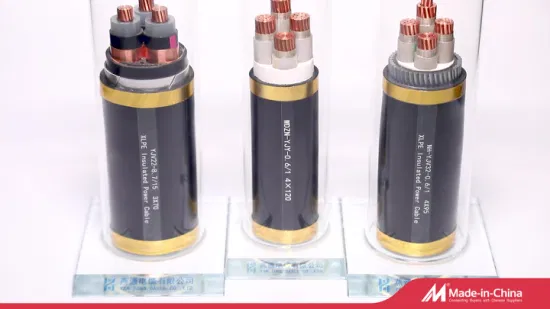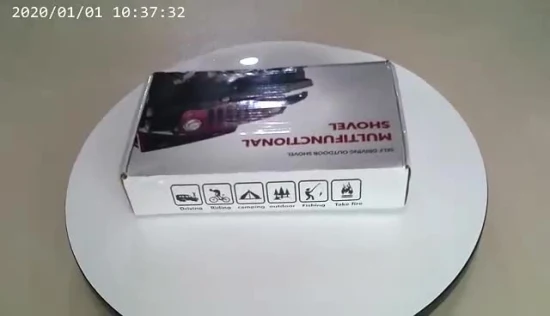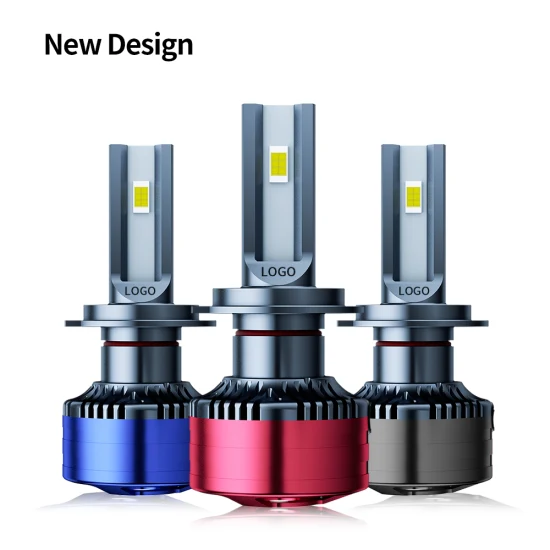
IEC ASTM BS DIN Многожильный 4, 8, 12, 16, 35-жильный, огнестойкий медный проводник, экранированный, неэкранированный, небронированный, CPR, гибкий провод управления сигналом, безопасный провод из ПВХ/LSZH
Базовая информация.
| Материал жилы провода | Красный или голый медный провод |
| Сертификация | ISO, CCC, CE, RoHS, VDE |
| Модель | КВВ/КВВ22/КВВР/Зк-КВВ |
| Бренд | Яньтун |
| Стандартный | ISO9001, ISO14001, ASTM BS DIN GB |
| Торговый термин | Фоб, CRF, CIF, EXW |
| Образец | Бесплатно |
| Послепродажное обслуживание | Поддерживать |
| Срок поставки | 5-30 Работает |
| минимальный заказ | 500 метров |
| Срок оплаты 2 | 30% депозит+70% аккредитив по предъявлении безотзывный |
| Срок оплаты 1 | 30% депозит+баланс перед отправкой |
| Срок службы | 50 лет |
| Оболочка или нет | Обшитый или без оболочки |
| Тип брони | Лента или проволока |
| Цвет | Черный/красный/желтый/синий |
| Бронированный или нет | Бронированный или небронированный |
| Транспортный пакет | Стандартный пакет мореходных качеств |
| Спецификация | 37*1,5 19*2,5 19*1,5 7*2,5 |
| Товарный знак | Яньтун |
| Источник | Хэбэй |






